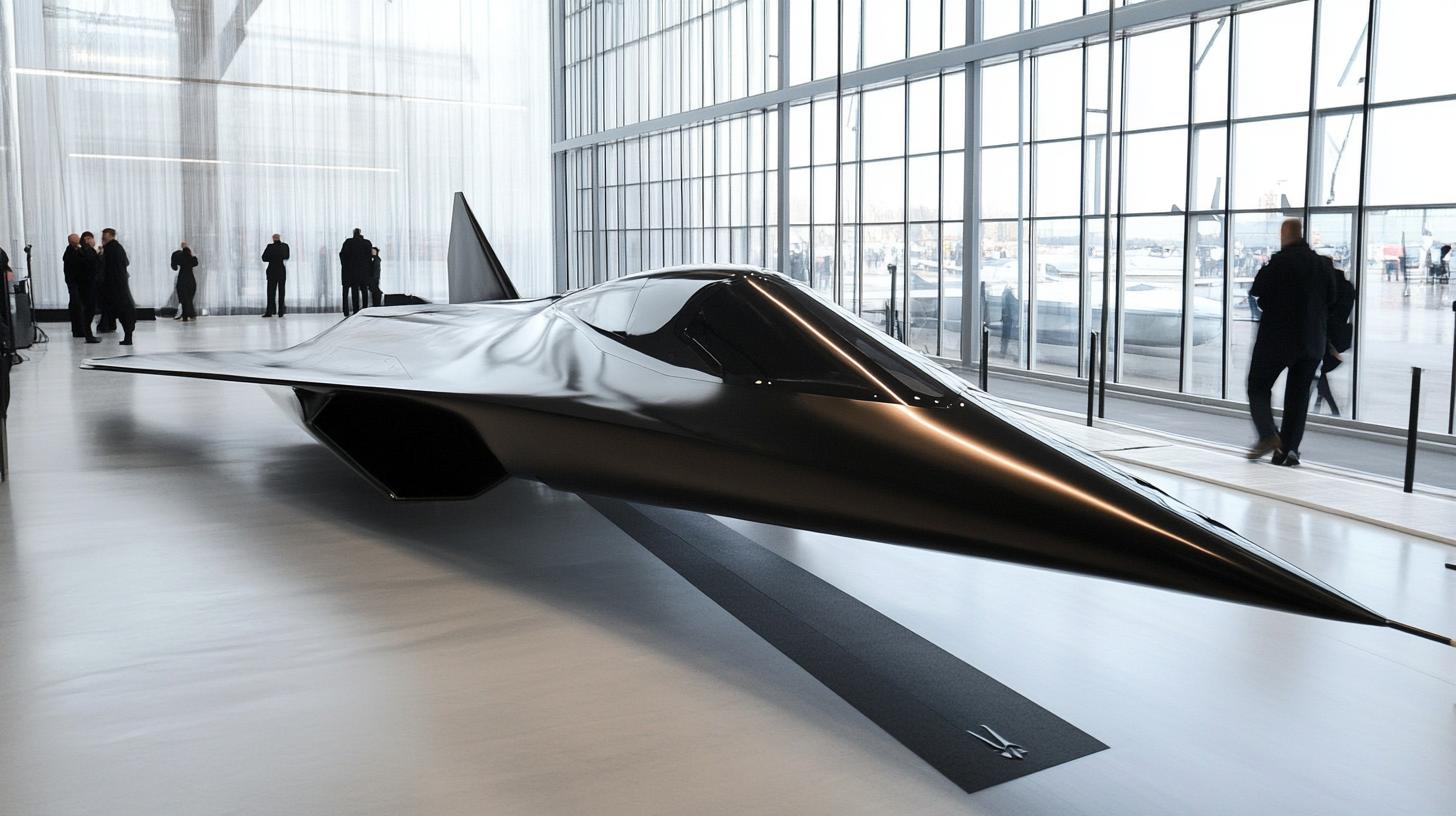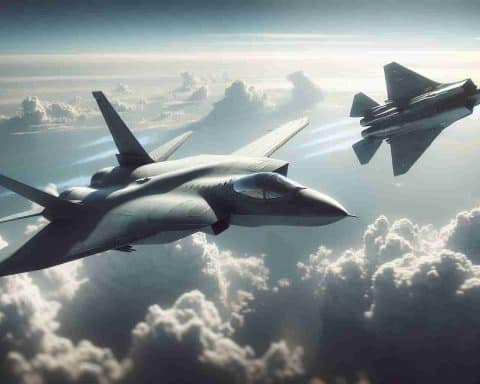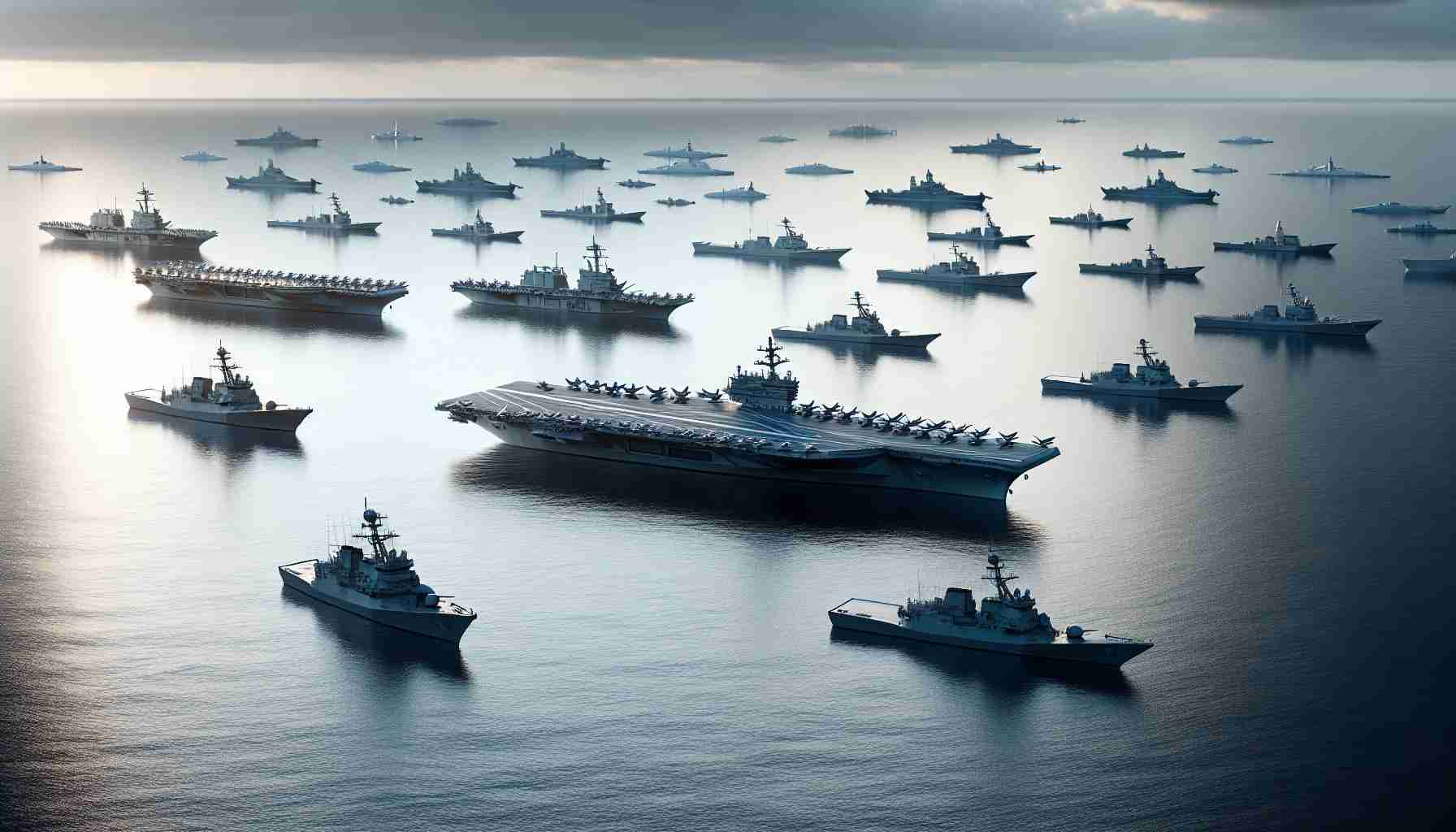Global Markets Buzzing Over Russia’s Latest Jet Sales
Russia’s defense export agency, Rosoboronexport, has confirmed the first international contract for the Su-57E, the export version of its advanced fighter jet, the Su-57 Felon. This milestone was announced during the Zhuhai Airshow 2024, a pivotal event in the aviation industry.
At this major Chinese airshow, Alexander Mikheev, CEO of Rosoboronexport, shared with the Russian news agency TASS that discussions with additional prospective clients are quite advanced. However, he did not reveal which nation signed the contract, nor did he provide details about the contract or how many jets had been ordered.
The Su-57E attracted significant attention at the airshow as Russia made a strong push to market its state-of-the-art fighter. Industry insiders suggest that Algeria might be the mystery buyer. The North African nation has previously been linked with the purchase of 14 Su-57Es, alongside other Russian military aircraft. Despite these rumors, no official confirmations have been made.
Countries beyond Algeria, such as Egypt and Vietnam, have shown interest in Russia’s cutting-edge military technology, further hinting at potential future deals.
The Su-57, known to NATO as the ‘Felon’, boasts sleek stealth capabilities, sophisticated design, and blazing speed over Mach 2. Competing with heavy hitters like the US F-22 Raptor and China’s J-20, the Su-57 first took to the skies in 2010 and remains a formidable contender in the global arms market. Recently, the United Aircraft Corporation delivered more Su-57 units to enhance Russia’s aerial capabilities, signifying ongoing developments in its military aviation sector.
Is Russia’s Su-57E Fighter Jet Redefining the Global Aviation Landscape?
In recent developments within the military aviation sector, Russia’s export of its advanced fighter jet, the Su-57E, has captured global attention. This news, announced at the Zhuhai Airshow 2024, signifies more than just a new contract for Russia; it marks a potential shift in the balance of aerial warfare and technology advancement worldwide.
Stealth and Speed: A New Benchmark in Fighter Technology?
One of the pivotal selling points of the Su-57E is its combination of stealth capabilities and exceptional speed, exceeding Mach 2. This positions the aircraft as a serious competitor to established models like the US F-22 Raptor and China’s J-20. The stealth features of the Su-57E not only make it difficult to detect by enemy radar but also enhance its ability to surprise and outmaneuver in combat situations. This development raises questions about the future of air combat: Will the increased emphasis on stealth lead to new detection technologies or alter existing combat strategies?
Challenges and Controversies in Global Arms Sales
Although the Su-57E’s technological advancements are noteworthy, the sale of such sophisticated military hardware on the international market is not without controversy. Arms deals involving cutting-edge fighter jets often evoke geopolitical tensions and concerns over regional arms races. Russia’s sale of the Su-57E to unknown buyers could potentially shift power dynamics, leading to questions of global security. Are countries prepared to handle the repercussions of these shifts, and what measures can be taken to ensure these technologies are used responsibly?
Potential Impact on Aviation Technology
Beyond military implications, the sale of the Su-57E might influence the civilian aviation sector. Advanced military technology often finds its way into commercial aviation, leading to innovations in aircraft design, fuel efficiency, and aerodynamics. However, such a crossover also presents challenges—integrating military technology into civil applications requires overcoming significant regulatory and engineering hurdles.
Economic Implications and Market Opportunities
The sale of the Su-57E is not just a military concern; it also highlights Russia’s strategic push to unlock new economic opportunities. Military exports play a critical role in Russia’s economic strategy, potentially boosting its economy through lucrative arms deals. This raises the question: How will countries engaging in these deals balance their defense procurement needs with the accompanying economic and diplomatic challenges?
As the global community anticipates further announcements regarding the Su-57E’s buyers, one must consider the broader impacts of such transactions. The advancements and potential of the Su-57E open up discussions not just about military capabilities but also about how technological evolution influences international relations and future aerospace innovations.
For further insights on global defense technologies and geopolitical strategies, visit TASS and Janes.






















